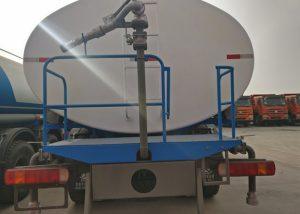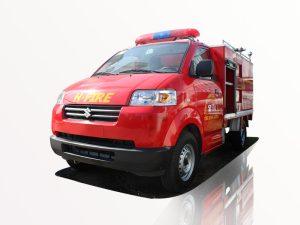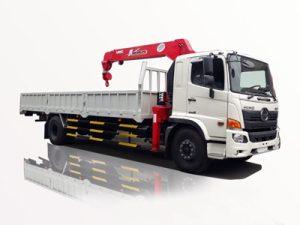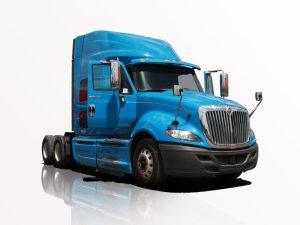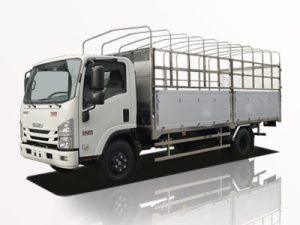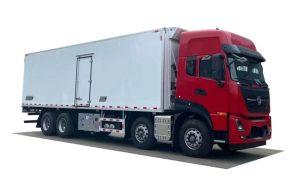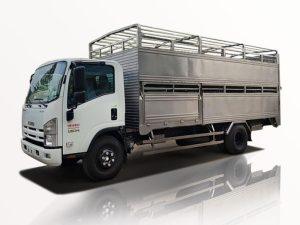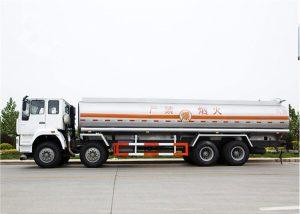Monday to Saturday - 8:00 -17:30
Everything You Need to Know About Fuel Tanker Trailers
Fuel tanker trailers are essential vehicles in the transportation industry, particularly for distributing various types of fuel. Understanding their structure, types, safety measures, and regulations can enhance efficiency and ensure compliance with industry standards. This article will guide you through the intricacies of fuel tanker trailers, providing valuable insights, practical examples, and tips for better utilization.
1. What is a Fuel Tanker Trailer?
A fuel tanker trailer is a specialized type of truck trailer designed for transporting liquids, primarily fuels such as gasoline, diesel, and other petroleum products. They’re constructed to ensure safe transportation while adhering to strict regulatory standards.
1.1 Key Components of a Fuel Tanker Trailer
Fuel tanker trailers feature several critical components:
- Tank: The main body of the trailer that holds the liquid.
- Chassis: The frame that supports the tank and provides stability during transport.
- Pumps: Used to load and unload fuel.
- Valves: Control the flow of liquid, ensuring safety during transfers.
- Safety Equipment: Includes emergency shut-off valves, grounding systems, and fire extinguishers.
2. Types of Fuel Tanker Trailers
Fuel tanker trailers are categorized based on various factors including the type of fuel they carry, design, and capacity.
2.1 By Fuel Type
- Gasoline Tankers: Designed to carry gasoline, often employing various safety features to prevent explosion risks.
- Diesel Tanks: Built robustly to accommodate the characteristics of diesel fuel.
- Propane Tankers: Tailored specifically for transporting liquefied petroleum gas (LPG).
2.2 By Design
Common designs include:
- Single Compartment: For carrying one type of fuel; ideal for smaller operations.
- Multi-Compartment: Enables transportation of different fuels in separate chambers, enhancing cost-efficiency.
- Insulated Tankers: Used for temperature-sensitive fuels to prevent freezing or degradation.
2.3 By Capacity
| Type | Capacity (Gallons) |
|---|---|
| Small Tanker | 1,000 – 2,500 |
| Medium Tanker | 2,500 – 5,500 |
| Large Tanker | 5,500 – 11,600 |
3. Safety Regulations for Fuel Tanker Trailers
Safety is paramount in the transportation of hazardous materials. The Department of Transportation (DOT) and other regulatory agencies have set guidelines for fuel tanker operations.
3.1 Federal Regulations
It’s essential to comply with federal regulations that govern the design, manufacture, and operation of fuel tanker trailers, which include:
- Periodic safety inspections
- Proper labeling of tanks
- Adherence to transportation protocols for hazardous materials
3.2 State Regulations
In addition to federal laws, state regulations can vary widely. Drivers must be aware of local laws regarding:
- Fuel routes
- Speed limits for hazardous materials
- Specific permit requirements
4. Maintenance and Inspection of Fuel Tanker Trailers
Regular maintenance and inspection are crucial to ensure the safe operation of fuel tanker trailers.
4.1 Routine Maintenance Tasks
Key maintenance tasks include:
- Checking the integrity of the tank for leaks
- Maintaining the pumps and valves
- Inspecting tires and brakes for wear and functionality
4.2 Inspection Checklists
Utilizing inspection checklists can help ensure no part of the trailer is overlooked. A sample checklist would include:
- Exterior inspection for dents or rust
- Tire pressure checks
- Verification of safety equipment
- Testing all valves and pumps for functionality
5. Loading and Unloading Procedures
Proper loading and unloading procedures are critical to prevent accidents and ensure safety during the transfer of fuels.
5.1 Pre-Loading Safety Checks
Before loading, operators should:
- Check that the area is clear of ignition sources.
- Inspect the tanker for any signs of leaks or damage.
- Verify that all safety equipment is easily accessible.
5.2 Loading Best Practices
When loading fuel, it’s advisable to:
- Use approved pumps and hoses.
- Monitor the loading process continuously.
- Ensure the tanker is grounded to prevent static discharge.
5.3 Unloading Procedures
Unloading fuel requires careful attention to detail:
- Follow established protocols for disconnecting hoses.
- Document the transfer accurately to maintain records.
- Ensure that no spillage occurs during the process.
6. Fuel Tanker Trailers and Technology
Modern technology has introduced substantial improvements in fuel tanker transportation.
6.1 GPS and Route Optimization
GPS technology helps fleet operators plan the most efficient routes, saving time and reducing fuel costs.
6.2 Tank Monitoring Systems
Real-time monitoring systems provide updates on the tank’s contents and can alert operators to any issues during transportation.
6.3 Safety Enhancements
Innovations such as automated shut-off valves and improved construction materials for tanks significantly enhance safety during operation.
7. Environmental Considerations
The transportation of fuels poses environmental risks, and operators must take steps to mitigate these dangers.
7.1 Spill Prevention Measures
Operators should implement spill prevention protocols, including:
- Regular tank inspections for wear and tear.
- Training staff in spill response procedures.
7.2 Sustainable Practices
Many companies are adopting the following sustainable practices:
- Using fuel-efficient vehicles.
- Investing in cleaner fuel alternatives.
8. Choosing the Right Fuel Tanker Trailer for Your Needs
Selecting the appropriate fuel tanker trailer involves considering your operational requirements.
8.1 Capacity Consideration
Your choice should depend on the volume of fuel you intend to transport. Smaller operations might find that a small or medium tanker suffices, while larger businesses may require a large capacity vehicle.
8.2 Fuel Type Compatibility
Ensure that the tanker is designed for the type of fuel you will be transporting; this includes understanding the chemical properties of the fuel.
9. Cost Considerations
The costs associated with fuel tanker trailers can vary widely depending on various factors.
9.1 Purchase vs. Lease
Businesses must weigh the pros and cons of purchasing versus leasing a trailer, keeping in mind factors like:
- Initial costs
- Maintenance responsibilities
- Tax implications
9.2 Operating Costs
Don’t forget to account for fuel costs, insurance, and routine maintenance in your total budgeting for fuel tanker operations.
10. Future Trends in Fuel Tanker Trailers
The fuel transportation industry is experiencing rapid changes, driven by technology and regulatory evolution.
10.1 Electric Tanker Trailers
With the push towards sustainability, electric fuel tanker trailers are beginning to emerge as a viable option for reducing emissions.
10.2 Automated Systems
Automation in loading and unloading processes is expected to increase efficiency and safety in fuel delivery.
FAQ Section
1. What are the most common fuels transported in fuel tanker trailers?
The most common fuels include gasoline, diesel, and liquefied petroleum gas (LPG).
2. How often should fuel tanker trailers be inspected?
Fuel tanker trailers should be inspected regularly, usually on a monthly basis or as per regulatory guidelines.
3. What safety equipment is essential for fuel tanker trailers?
Essential safety equipment includes emergency shut-off valves, fire extinguishers, spill kits, and grounding straps.
4. How do I choose the right fuel tanker trailer for my business?
Consider factors such as capacity, fuel type, and operational requirements when choosing a fuel tanker trailer.
5. What are the environmental impacts of fuel tanker transportation?
Potential environmental impacts include spills, emissions, and pollution from transporting fuels; proper handling and technology can mitigate these risks.
6. Are there specific regulations for transporting fuels in fuel tanker trailers?
Yes, both federal and state regulations govern the safe transportation of fuels, and compliance is essential to avoid legal issues and ensure safety.


